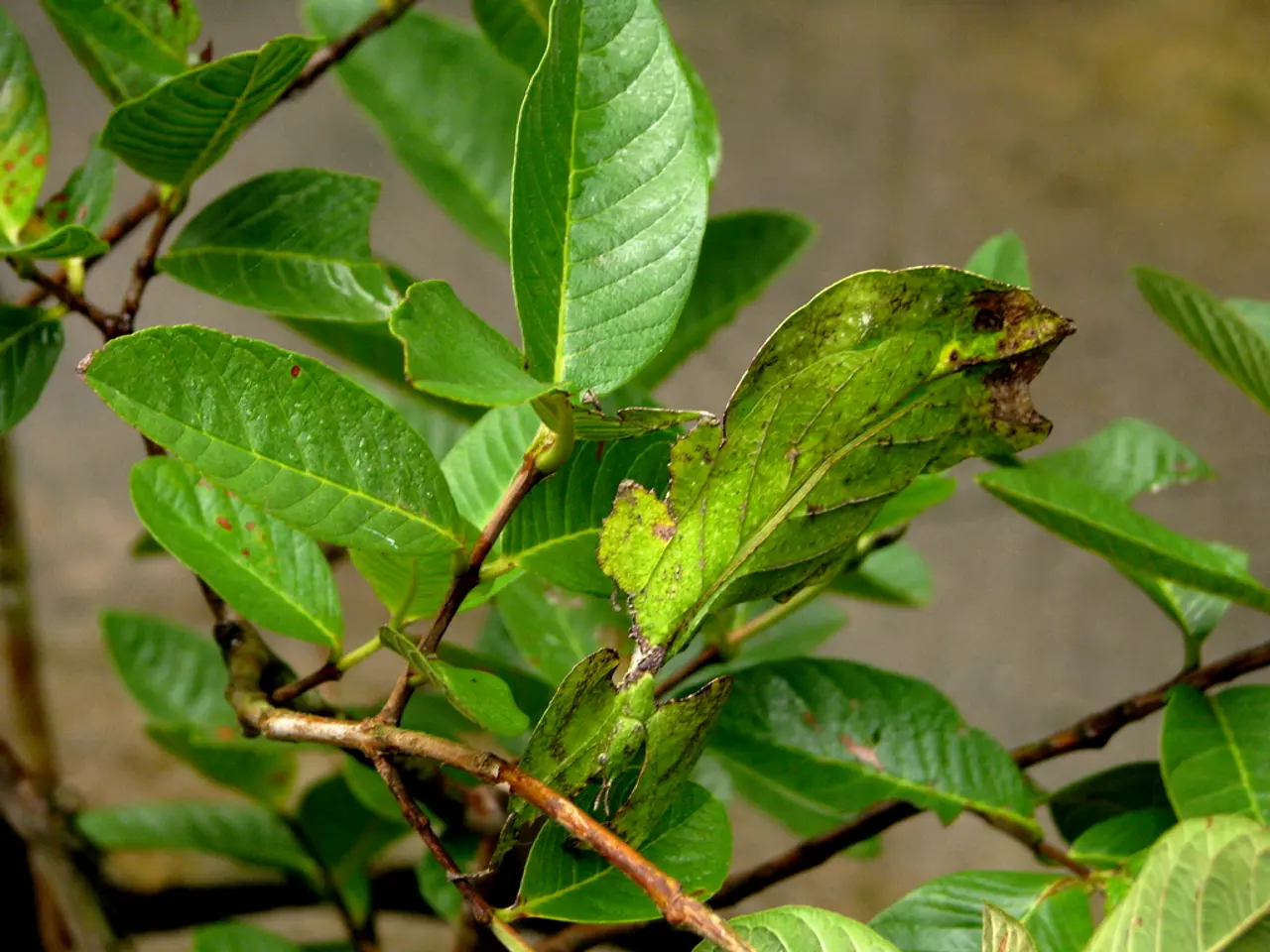Lung Disease Known as Fibrous Interstitial Pneumonia: An Explanation
Fibrous interstitial pneumonia, also known as interstitial lung disease (ILD), is a chronic and debilitating lung condition that affects many people worldwide. This condition occurs when the tissue between the air sacs in the lungs becomes damaged, leading to scarring and inflammation.
The exact causes of fibrous interstitial pneumonia are still not fully understood. Known causes include autoimmune disorders, infections, occupational exposures, and medications. Common risk factors include age, smoking, genetics, environmental toxins, and autoimmune disorders.
The primary symptoms of fibrous interstitial pneumonia are related to the respiratory system and may include shortness of breath, coughing, chest tightness or pain, and fatigue. Other symptoms can include clubbing, joint pain or swelling, and rash. Systemic symptoms can include fatigue, weight loss, and fever.
Diagnosing fibrous interstitial pneumonia involves a thorough medical history and physical examination, imaging tests, pulmonary function tests, and in some cases, a biopsy. There are many forms of interstitial pneumonia, including idiopathic pulmonary fibrosis (IPF), hypersensitivity pneumonitis, and pneumonitis caused by environmental toxins.
Quitting smoking can greatly improve lung health for those with fibrous interstitial pneumonia. Avoiding exposure to toxins such as chemicals, pesticides, and heavy metals can help manage the condition. Additionally, avoiding exposure to pollutants can help reduce lung damage and slow down the progression of the disease.
Making lifestyle changes can also help manage fibrous interstitial pneumonia. Eating a healthy, balanced diet rich in fruits, vegetables, whole grains, and lean proteins can boost the immune system and reduce inflammation in the lungs. Getting enough sleep is essential for overall health and can help the body repair and regenerate damaged lung tissue.
Engaging in stress-reducing activities such as yoga, meditation, or deep breathing exercises can help manage stress levels. Regular exercise can help improve lung function and overall health in people with fibrous interstitial pneumonia.
Treatment options for interstitial lung disease (ILD) include medications, lung transplants, pulmonary rehabilitation, lifestyle changes, and quitting smoking. Therapy options for fibrosing interstitial pneumonia include antifibrotic medications (such as pirfenidone and nintedanib) to slow disease progression, corticosteroids and immunosuppressants for inflammation control, oxygen therapy for symptom relief, pulmonary rehabilitation, and in severe cases, lung transplantation.
Living with fibrous interstitial pneumonia can be challenging, but with proper treatment and lifestyle changes, it's possible to manage the condition and improve quality of life. The life expectancy for people with fibrous interstitial pneumonia varies widely, with mild cases allowing for many years of life with proper treatment and lifestyle changes.






